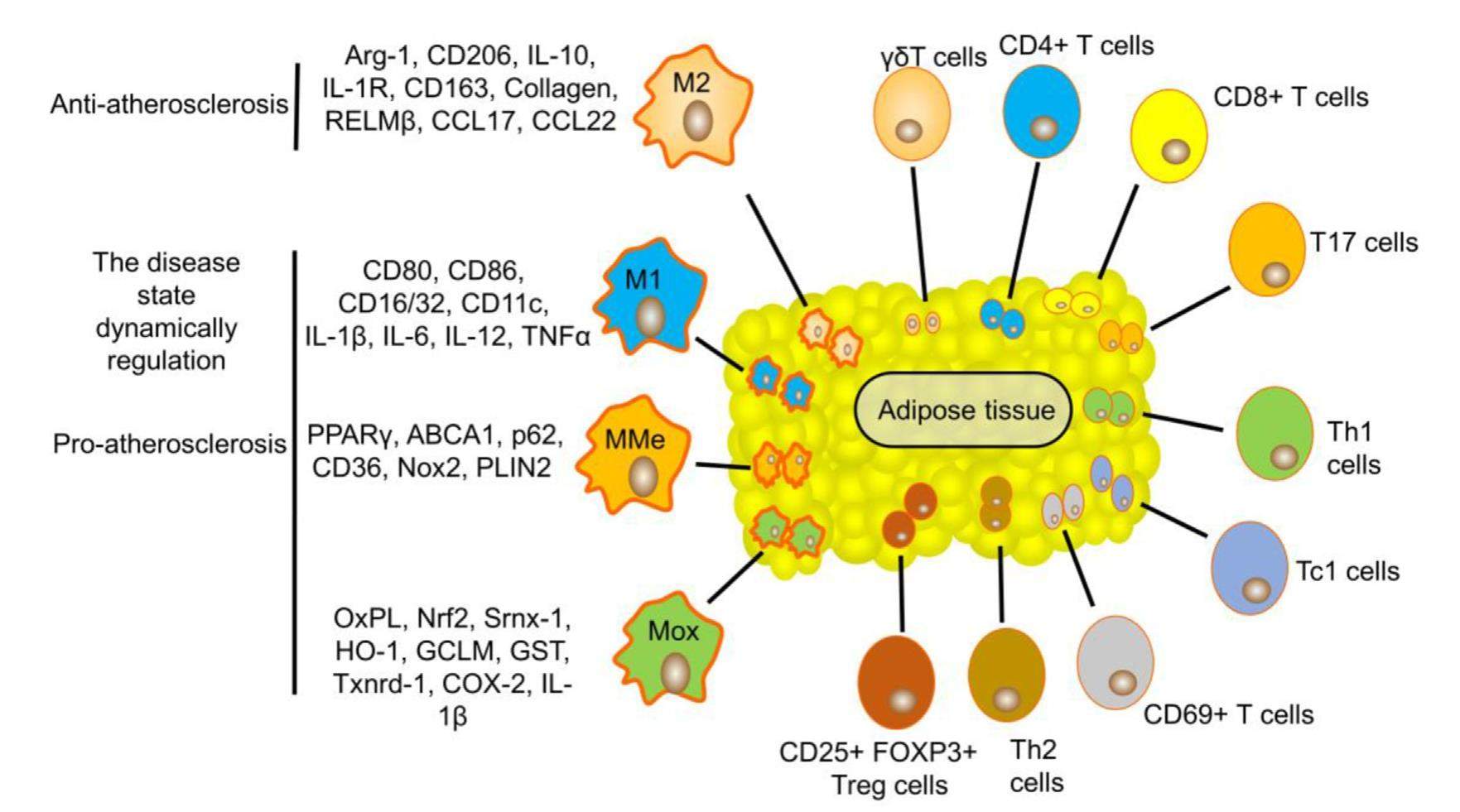
New insights into the suppression of inflammation and lipid accumulation by JAZF1


Atherosclerosis is one of the leading causes of disease and death worldwide. The identification of new therapeutic targets and agents is critical. JAZF1 is expressed in many tissues and is found at particularly high levels in adipose tissue (AT). JAZF1 suppresses inflammation (including IL-1b, IL-4, IL-6, IL-8, IL-10, TNFa, IFN-g, IAR-20, COL3A1, laminin, and MCP-1) by reducing NF-κB pathway activation and AT immune cell infiltration. JAZF1 reduces lipid accumulation by regulating the liver X receptor response element (LXRE) of the SREBP-1c promoter, the cAMP-response element (CRE) of HMGCR, and the TR4 axis. LXRE and CRE sites are present in many cytokine and lipid metabolism gene promoters, which suggests that JAZF1 regulates these genes through these sites. NF-κB is the center of the JAZF1-mediated inhibition of the inflammatory response. JAZF1 suppresses NF-κB expression by suppressing TAK1 expression. Interestingly, TAK1 inhibition also decreases lipid accumulation. A dual-targeting strategy of NF-κB and TAK1 could inhibit both inflammation and lipid accumulation. Dual-target compounds (including prodrugs) 1-5 exhibit nanomolar inhibition by targeting NF-κB and TAK1, EGFR, or COX-2. However, the NF-κB suppressing activity of these compounds is relatively low (IC50 > 300 nM). Compounds 6-14 suppress NF-κB expression with IC50 values ranging from 1.8 nM to 38.6 nM.HS-276 is a highly selective, orally bioavailable TAK1 inhibitor. Combined structural modifications of compounds using a prodrug strategy may enhance NF-κB inhibition. This review focused on the role and mechanism of JAZF1 in inflammation and lipid accumulation for the identification of new anti-atherosclerotic targets.
